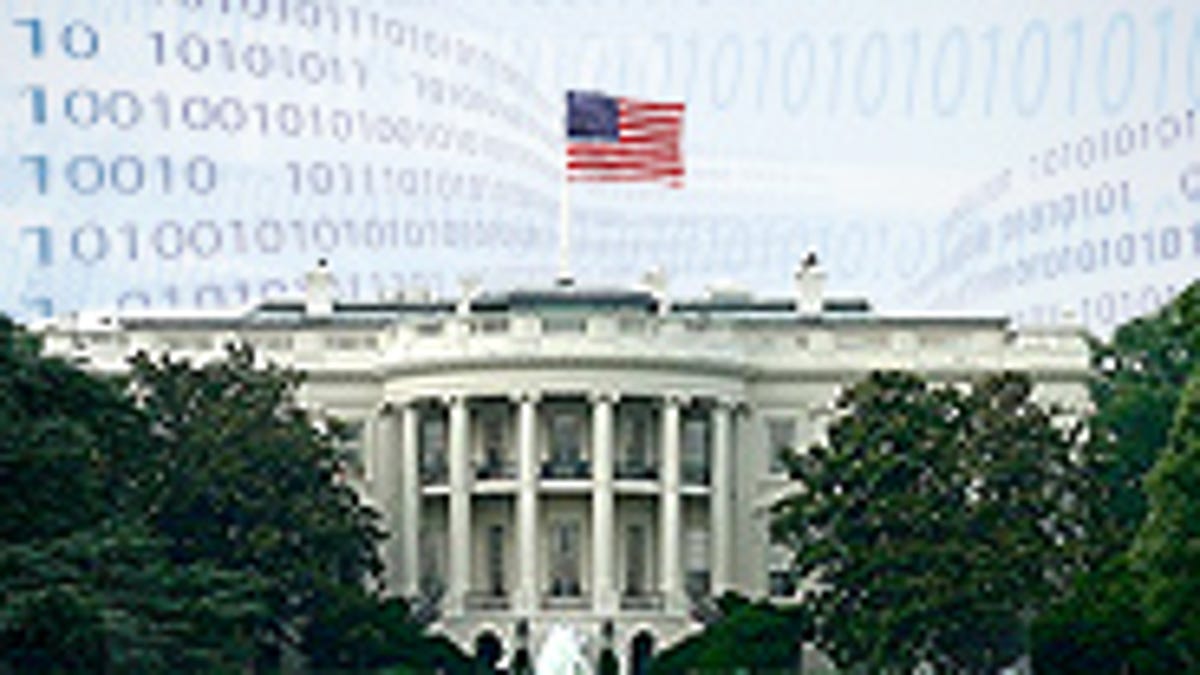Net neutrality gets a boost from the feds
The Obama administration includes the FCC's Net neutrality principles as conditions for some of the funds it will allocate as part of the economic stimulus package.

Net neutrality advocates got a boost of support Wednesday from the Obama administration when it released grant guidelines for spending the government's $7.2 billion broadband stimulus package.
Companies winning grants to help build new broadband infrastructure will have to follow the Federal Communications Commission's Internet Policy statement, which prohibits companies from deliberately blocking or slowing Internet traffic on their networks.
Proponents of that concept, Net neutrality, have been pushing the government to pass laws or set stricter requirements to ensure that consumers get access to content they want and that competitors are not run out of business by network operators.
The phone companies and cable operators have opposed such legislation, a sentiment that seemed to be shared by the Republican-controlled FCC under the previous presidential administration. But now that Democrats are in charge, Net neutrality advocates have been looking for indications of how the new FCC led by recently sworn-in Chairman Julius Genachowski will handle the issue.
It is still too early to know whether Democrats will push for new laws. But it's becoming more clear that protecting access on the Internet is an important issue to many.
Consumer and advocacy groups, such as Public Knowledge and Free Press, applauded the decision to make Net neutrality a condition of the grants.
The Obama administration released guidelines Wednesday for companies and other groups applying for the first of three batches of grants that will be distributed to promote broadband as part of the economic stimulus package passed by Congress earlier this year.
The first batch of funds is about $4 billion and represents more than half the $7.2 billion that the government has allotted to fund broadband infrastructure investment over the next two years. About $4.7 billion of that money will be doled out by the National Telecommunications and Information Administration for grants to build broadband infrastructure in unserved or underserved areas and to further develop public safety as well as stimulate demand for broadband. The remaining $2.5 billion will be allocated by the Department of Agriculture (USDA) to provide loans to service providers building broadband infrastructure in rural areas.
Other important aspects of the rules that came out this week include the government's definition of broadband. The rules for the grants define broadband transmission speeds to be no less than 768Kbps downstream and at least 200Kbps upstream to end users. These speeds hardly seem like broadband to most consumers used to cable model services and other high-speed Internet services like Verizon's Fios service.
But the lower speed definition is to ensure that companies addressing rural markets that may only be able to be served by slower DSL connections or wireless services can still receive grants. In an effort to promote higher speed services, however, the government will give preference to companies planning to deliver high-speed services.
The government also outlined what it means when referring to an "underserved" region. Areas where less than 50 percent of households have no access to broadband will be considered underserved and eligible for grants.
More specific rules to help companies write grant proposals for getting these funds will be released next week.

